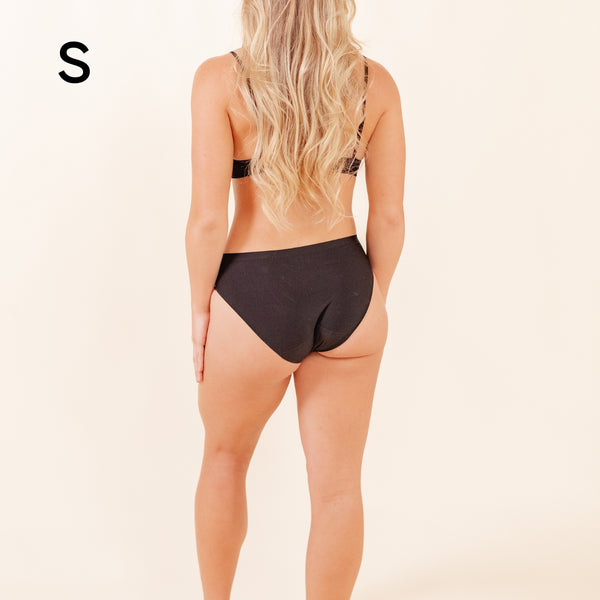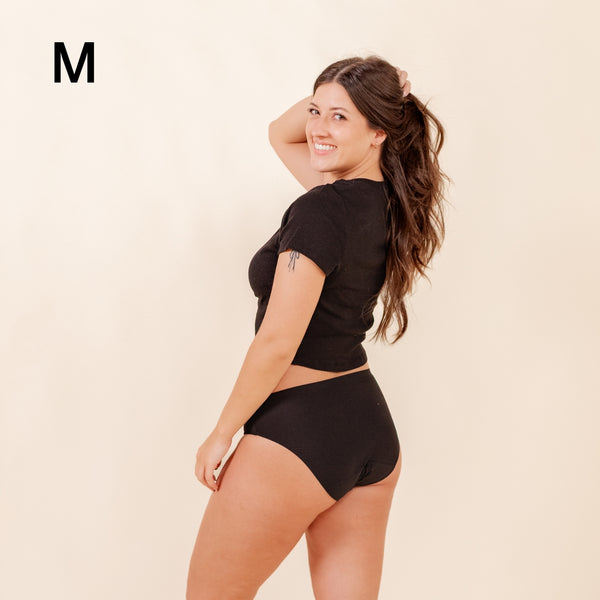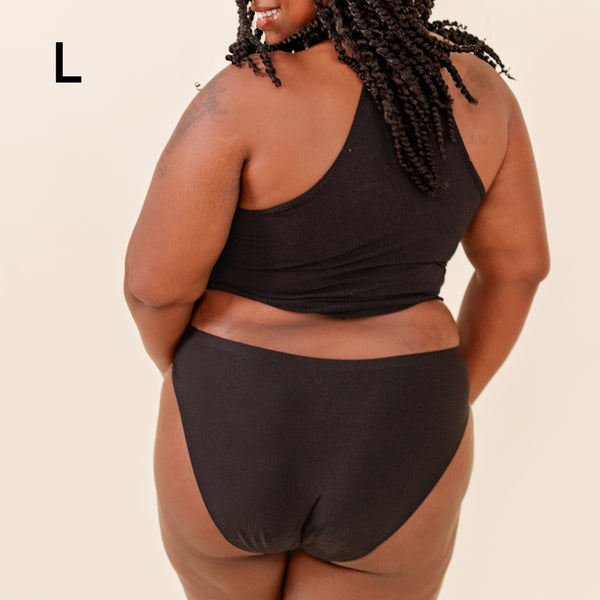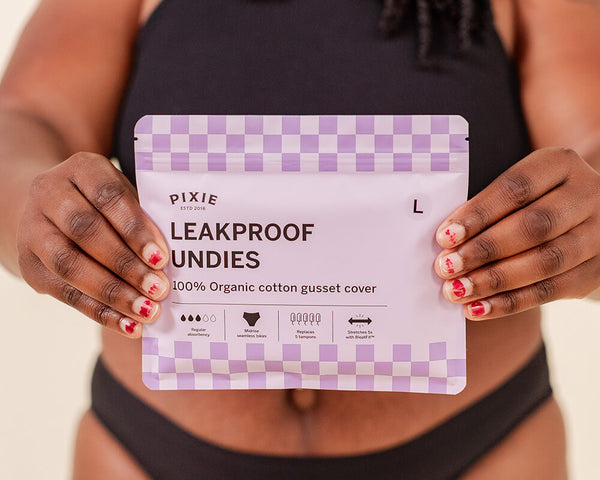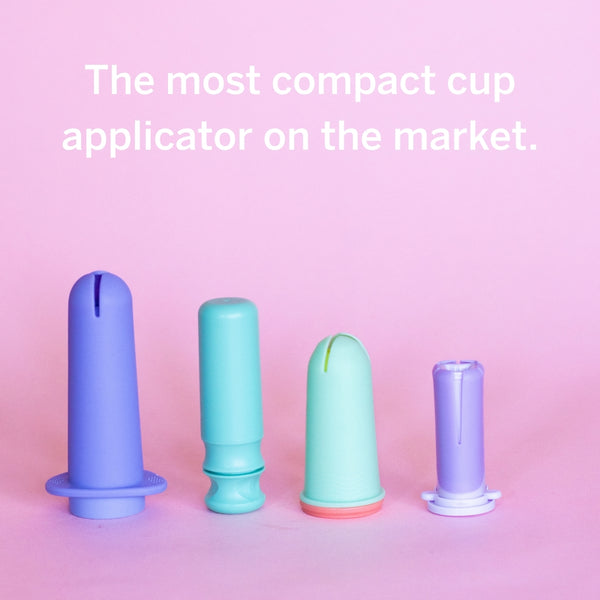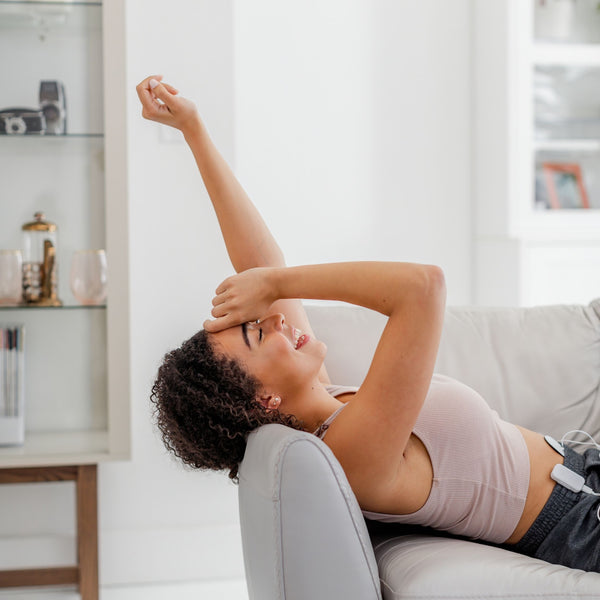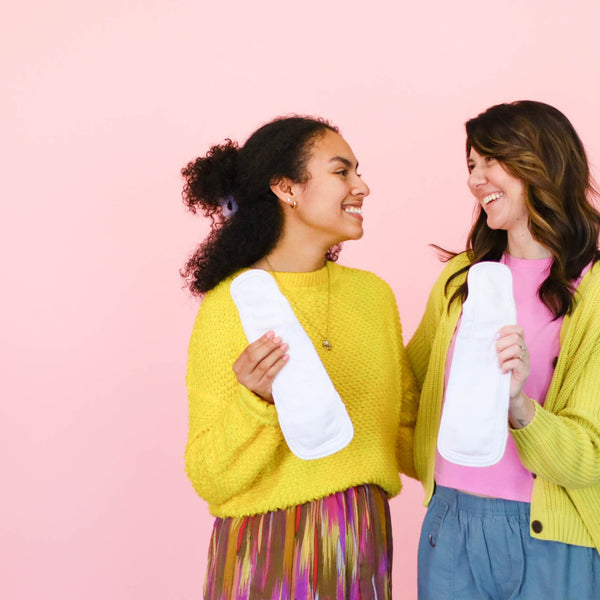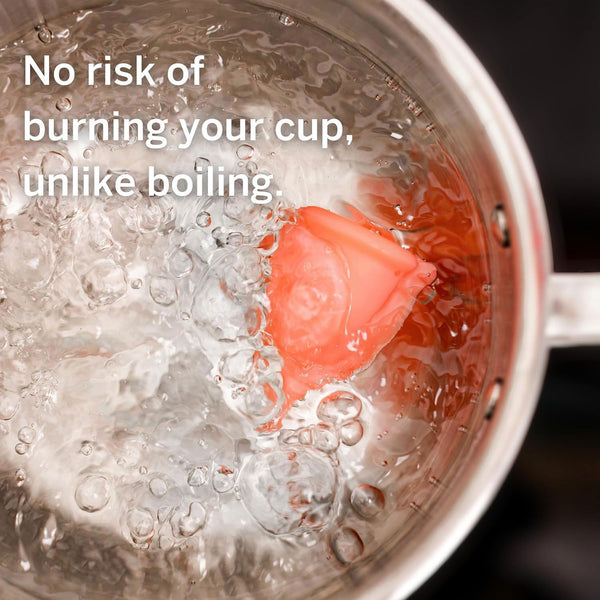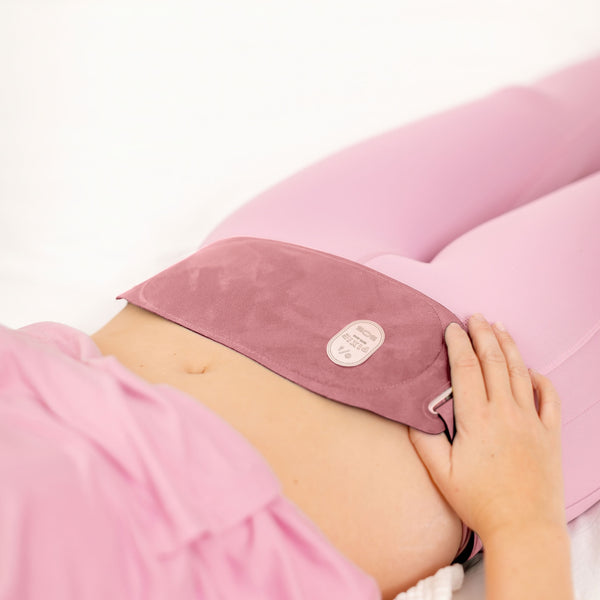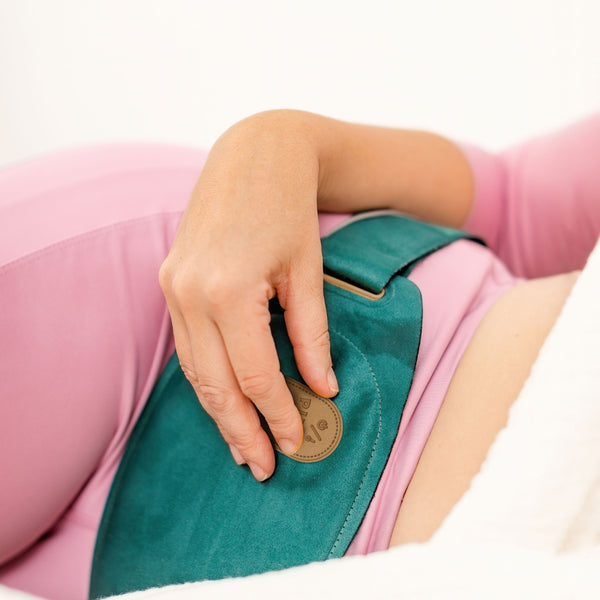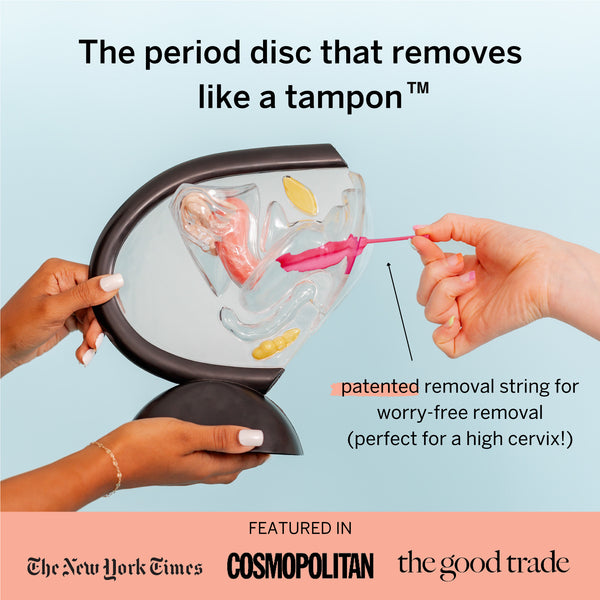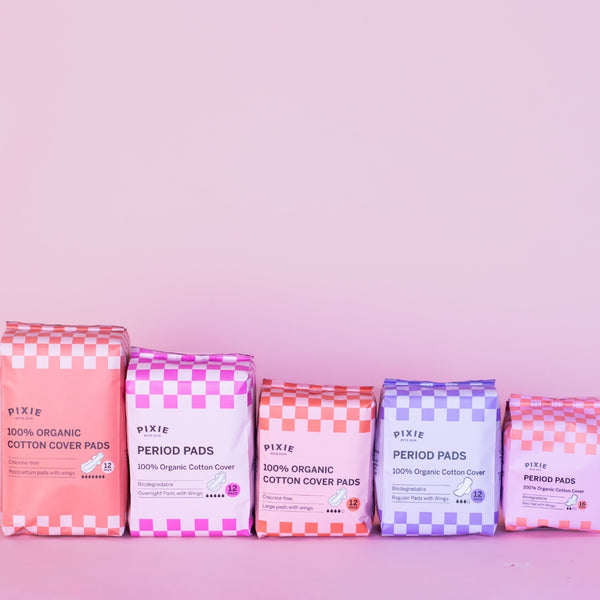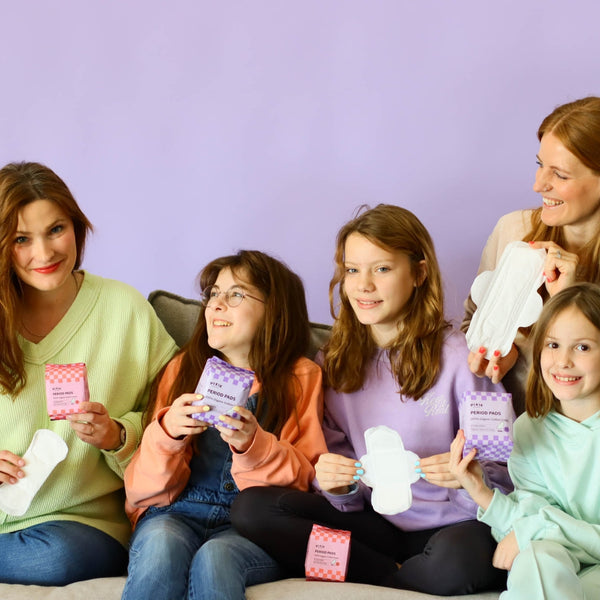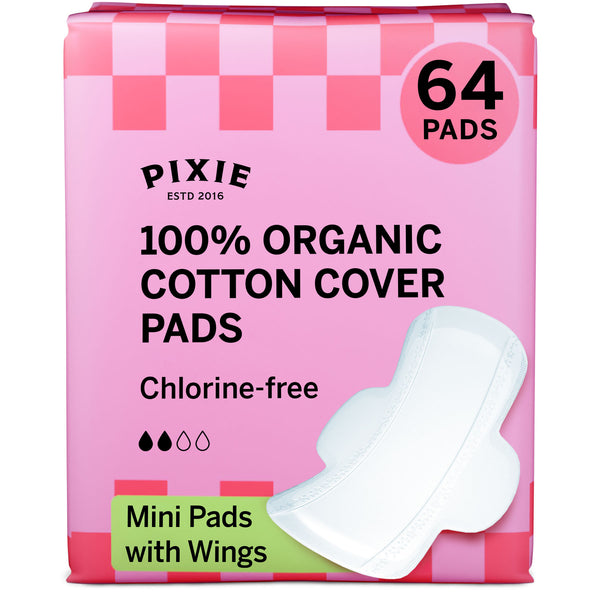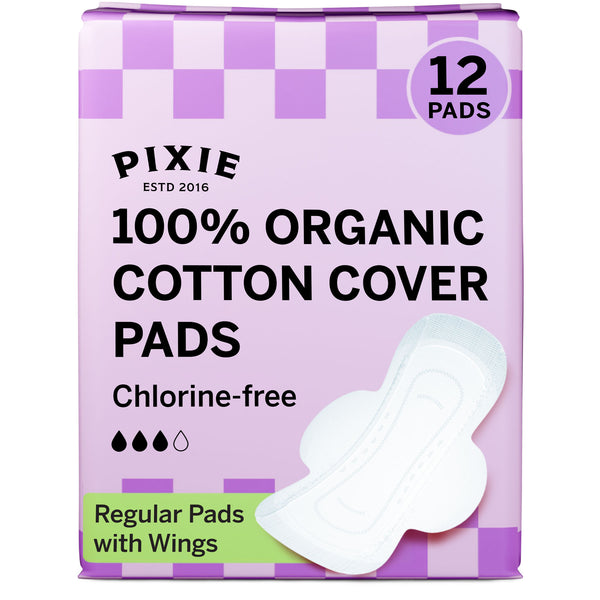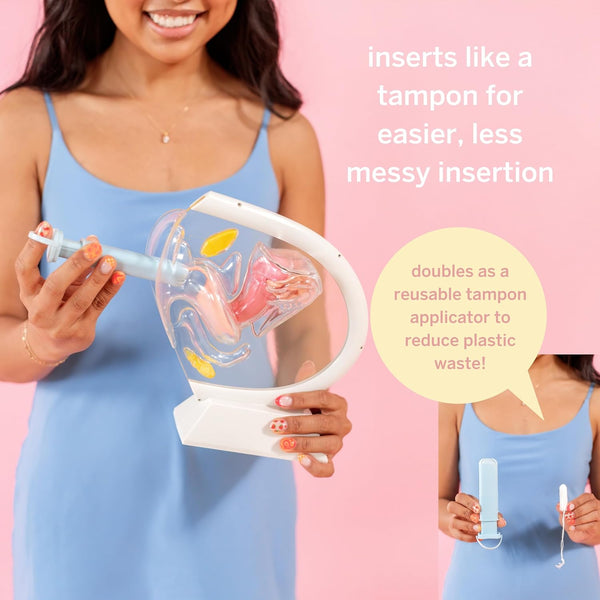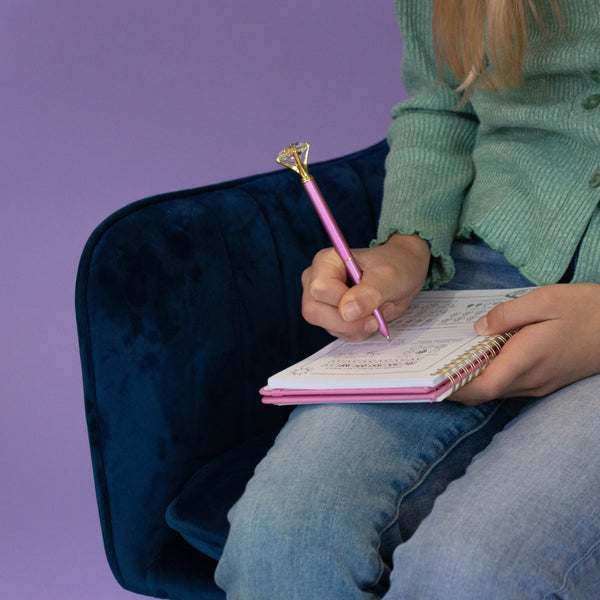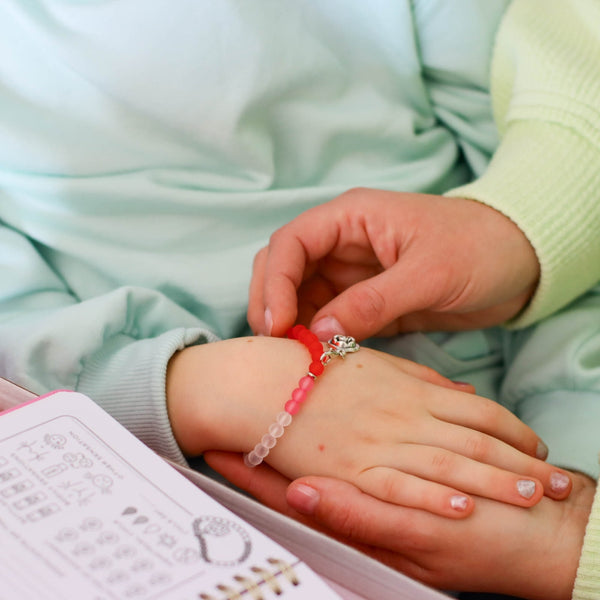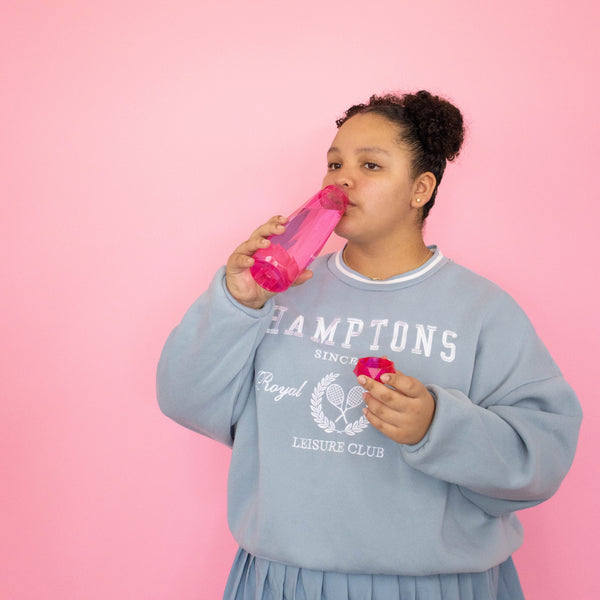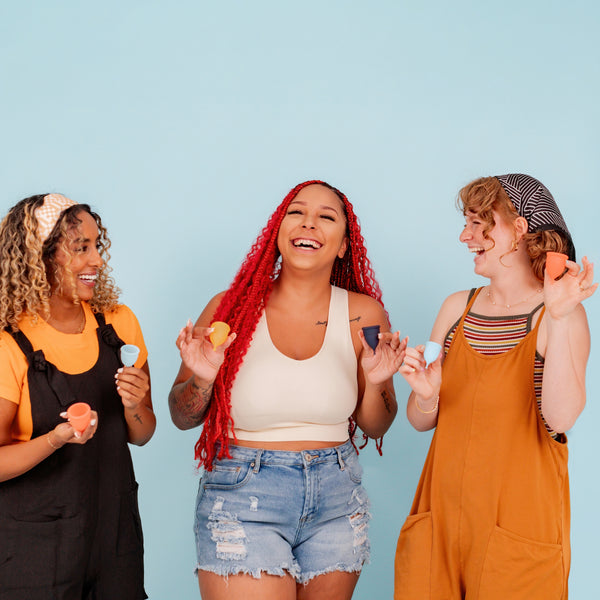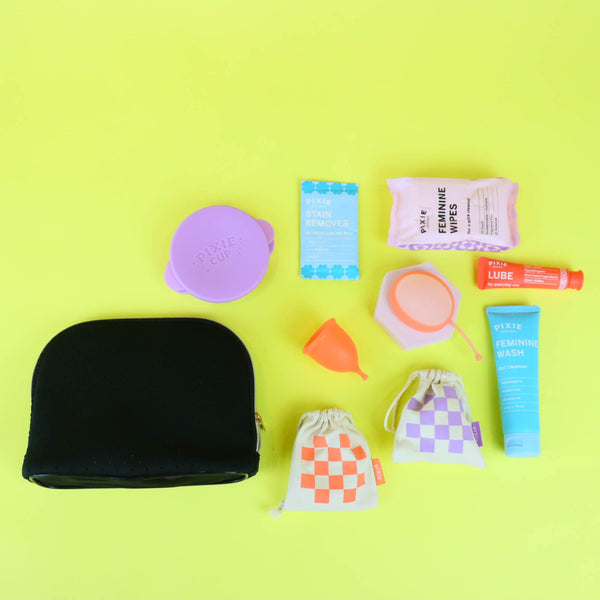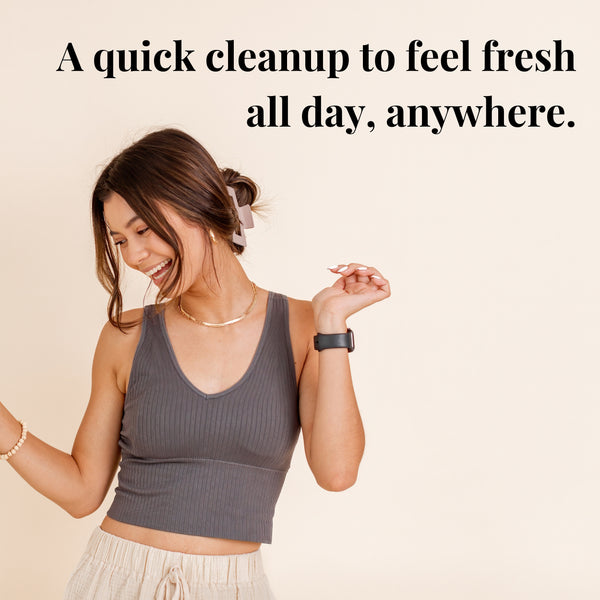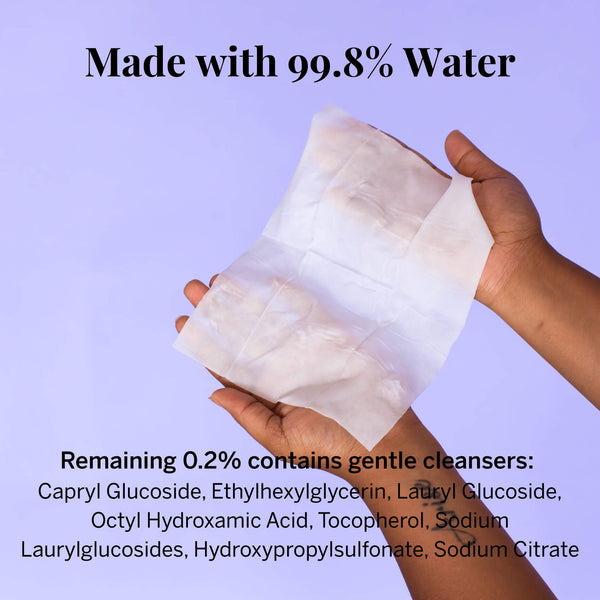Period poverty in the U.S.: how you can help
Combating period poverty is a big part of our mission at Pixie Cup. In fact, you could even say it’s why we exist. We believe that no one should have to go without the basic supplies necessary for managing their periods with dignity. Unfortunately, many people all over the world don’t have access to period products, which can negatively impact their development, health, and economic opportunities.
You may have heard the term “period poverty” before, but what does it really mean? Who is affected by period poverty? And how can we work together to stop it?

What does period poverty mean?
Period poverty refers to a lack of access to menstrual supplies and education. This includes menstrual products such as pads and tampons, as well as access to clean water and washing facilities.
Many people who menstruate have to choose every month between buying menstrual supplies or buying other basic necessities, including food. People who can’t afford menstrual products may resort to using rags, toilet paper, socks, or paper towels to collect menstrual fluid.
Why is period poverty important?
Period poverty isn’t just an economic issue; it’s also a health issue. Lack of access to period products can lead to major health consequences. Some people, in an effort to extend the life of their menstrual products, may wear pads and tampons for far longer than recommended, which can be dangerous as well as unsanitary. Wearing tampons for too long, wearing a tampon that’s the wrong size, or using other materials internally — such as toilet paper — can lead to toxic shock syndrome — a serious and sometimes fatal health condition.
When women and girls don’t have access to menstrual hygiene products, they may have to miss work or school. Nearly 1 in 5 girls in the U.S. has had to miss school or leave school early due to a lack of access to menstrual products, and 36 percent of women surveyed said they had missed work because they did not have access to period products.
Nearly 1 in 5 girls in the U.S. has had to miss school or leave school early due to a lack of access to menstrual products.
Missed school means missed opportunities for people who menstruate, and the accompanying emotional toll can cause mental health issues such as anxiety and depression.
“Adequate menstrual hygiene management is not a luxury,” says Anne Sebert Kuhlmann, an associate professor in the College for Public Health and Social Justice at St. Louis University. “It’s a need. It affects a woman’s sense of self, her sense of dignity and her ability to participate in life.”
Who is affected by period poverty?
Period poverty affects people all over the world. We often hear of women in developing countries who lack access to menstrual products, but period poverty very much affects people in the U.S. as well.
In the U.S., 1 in 5 women struggle to afford menstrual products every month, according to a 2019 study conducted at St. Louis University. Forty-six percent of low-income women have had to choose between a meal or buying period products.
In the U.S., 1 in 5 women struggle to afford menstrual products every month.
Women in the U.S. are already 38% more likely than men to live in poverty, according to the National Women’s Law Center, and low-income women with children face additional challenges. For moms, kids’ needs take priority. Many women will purchase diapers first, and may not have money remaining for menstrual products.
Period poverty among incarcerated women
Period poverty is also a major issue among incarcerated women. As of August 2017, women in federal prisons have access to free tampons, pads, and pantiliners. But state and local jails — where women are more likely to be sent — have yet to pass similar laws.
Women in state prisons may be allocated a certain number of menstrual products each month, and may be forced to beg or barter if they need more. While menstrual products may be available for purchase at the commissary, many prisoners can’t afford to buy more on a salary that amounts to less than a dollar per hour. To make matters worse, menstrual products provided in state prisons are often of such poor quality that inmates may have to use multiple pads at once, and they may be punished if they bleed on their uniforms.
If inmates are forced to improvise, the results can be life-threatening. One incarcerated woman in Maryland got toxic shock syndrome after using toilet paper as a makeshift tampon, and required an emergency hysterectomy.
Period poverty among women experiencing homelessness
More than 216,000 women experience homelessness on any given night in the U.S., and women and families are the fastest growing segment of the homeless population. The increased demands on homeless shelters mean that shelters can’t always provide menstrual products to all menstruating residents.
COVID-19 has made period poverty worse
The COVID-19 health crisis has made period poverty even worse. At the height of the pandemic, marginalized populations who were already struggling to afford period products began to face additional challenges as people lost their jobs and store shelves emptied of basic supplies. For many people, the pandemic has created additional hardships such as loss of income, potential homelessness, and a lack of access to basic care, which can make it harder to access menstrual supplies.
Many people who may have had access to menstrual products in schools or public facilities before the pandemic lost that support as schools and other facilities have closed. And social service organizations that rely on volunteers to package and deliver donations to people in need saw their operations come to a halt as volunteers were forced to stay at home.
One in four people between the ages of 13 and 35 reported that it has been harder to manage their periods since the start of the pandemic, according to a survey conducted in May. Fifty-eight percent of participants stated that they had less money to spend on menstrual products due to COVID, and 50% reported that it has been harder to access menstrual products.
The tampon tax
Another issue contributing to period poverty is what’s known as the “tampon tax.” In the United States, individual states have the ability to decide how sales tax is levied. Certain necessities, such as prescription medications, are usually exempt from sales tax. But most states do not consider menstrual products to be necessities, and thus they are subject to sales tax. In some states, menstrual products are taxed at the highest rate.
Some states have abolished tampon taxes, and advocacy groups are pushing for similar tax changes nationwide. Click here to find out if your state taxes menstrual products.
Sales tax on menstrual products may not seem like a big issue, but for someone already struggling to afford basic necessities, that sales tax is an additional burden. And, it’s a burden that only affects people who menstruate. Also consider that many non-essential items are tax exempt across the U.S. For example, cowboy boots are exempt from sales tax in Texas, and bingo supplies are tax exempt in Missouri.
Period products also aren’t covered by health insurance or Medicaid, and they can’t be purchased with government-assistance programs such as WIC and SNAP.
How can we stop period poverty?
Making sure that everyone has access to menstrual products requires big changes through health and policy initiatives, like global removal of the tampon tax and free menstrual products in schools. Currently only three states — New York, California, and Illinois — provide free menstrual products in schools. Many healthcare providers, organizations, and elected officials are advocating for policy changes related to menstrual hygiene.
While we wait for these legislative changes to make their way through government, there are plenty of things we can do to support people experiencing period poverty in our communities and around the world.
1. End period stigma
A big part of addressing period poverty is ending the stigma that surrounds menstruation. The UN reports that on any given day, 800 million people are menstruating, yet menstrual health remains one of the most taboo topics in the world. The stigma and taboos surrounding menstrual health continue to harm people who menstruate every day.
If people are unable to talk openly about periods and the challenges they face in accessing menstrual products, they are less likely to ask for or receive help.
It’s crucial that we work to normalize conversations about menstruation. Periods are a normal biological function that can tell you a lot about your overall health. Open and honest conversations about menstruation are crucial for arming people with the knowledge they need to manage their periods comfortably, with confidence and dignity.
Language that refers to periods as gross or shameful is very much ingrained in our culture. If you noticed yourself or your friends treating menstruation as if it’s disgusting or something to be ashamed of, challenge yourself to reframe how you look at or talk about periods, and encourage your friends to do the same.
Open and honest conversations about menstruation are crucial for arming people with the knowledge they need to manage their periods comfortably, with confidence and dignity.
2. Join the tampon tax protest
Visit taxfreeperiod.com to learn more about the tampon tax. The Tax Free Period campaign was created by the organization Period Equity, which is calling on all U.S. states to eliminate the tampon tax by Tax Day 2021. When you sign up on their website, they will send a letter to your governor asking for the tampon tax to be abolished in your state if it isn’t already.
3. Donate menstrual supplies
If your budget allows, donate menstrual products to those who need them through organizations like I Support the Girls, Days for Girls, and Happy Period.
You can also make a donation on our website, which will provide two menstrual cups to people in need through one of our various partner organizations!
4. Educate yourself!
Always strive to learn more about the cause by listening to different people’s experiences and expanding your understanding of the impacts of period poverty.
Some great resources include the book Periods Gone Public by Period Equity co-founder Jennifer Weiss-Wolf and the documentary The price of getting a period in America from CBSN Originals.
5. Buy menstrual products from brands committed to helping women facing period poverty
Many menstrual supply companies, including Pixie Cup, are committed to helping those in need. For every Pixie Cup sold, we donate one to a woman who doesn’t have access to menstrual products. One menstrual cup can last up to 10 years, eliminating the need to buy expensive disposable period products every month. For a woman experiencing period poverty, a menstrual cup can be truly life-changing.
Our Buy One, Give One program recipients
Since we launched our Buy One Give One program in the summer of 2017, we have donated 100,000 menstrual cups to women in need. In 2020, our cups have been distributed to organizations helping women such as:
- Days for Girls, who have distributed our cups to various recipients, including Children’s Hospital of Philadelphia and the Navajo Nation
- Portland Parks & Recreation Youth Conservation Crew
- Hutton Settlement Children’s Home in Spokane, WA
- Women’s Fund of Greater La Crosse
- Convoy of Hope, who have distributed our cups to girls in need in rural school districts
Pixie Cup founder Amber English also recently traveled to Tanzania with WorldServe International, where she distributed 400 menstrual cups to female leaders and teachers in rural areas. Learn more about our work in Tanzania.
Your Pixie Cup purchase helps a woman in need
We’re on a mission to empower every woman in the world with a life-changing period by putting a Pixie Cup in their hands through our Buy One, Give One program. It’s a big mission, but with your help, we can do it. As of today, we’ve given over 100,000 cups to those in period poverty — and we won’t stop until every single woman or girl in need has the resources to manage her period with dignity. Visit our online store.

Our Top Picks For You
-
Period Disc & Applicator Kit
![]()
- Regular price
- $48
- Sale Price
- Regular price
-
$55 - $48
- Unit price
- per
Sold out -
Reusable Organic Cotton Pads
![]()
- Regular price
- $28
- Sale Price
- Regular price
-
$34 - $28
- Unit price
- per
Sold out -
Disposable Organic Cotton Pads
![]()
- Regular price
- $7
- Sale Price
- Regular price
-
$9 - $7
- Unit price
- per
Sold out -
Combo Disc + Applicator Bundle
![]()
- Regular price
- $42
- Sale Price
- Regular price
-
$49 - $42
- Unit price
- per
Sold out














